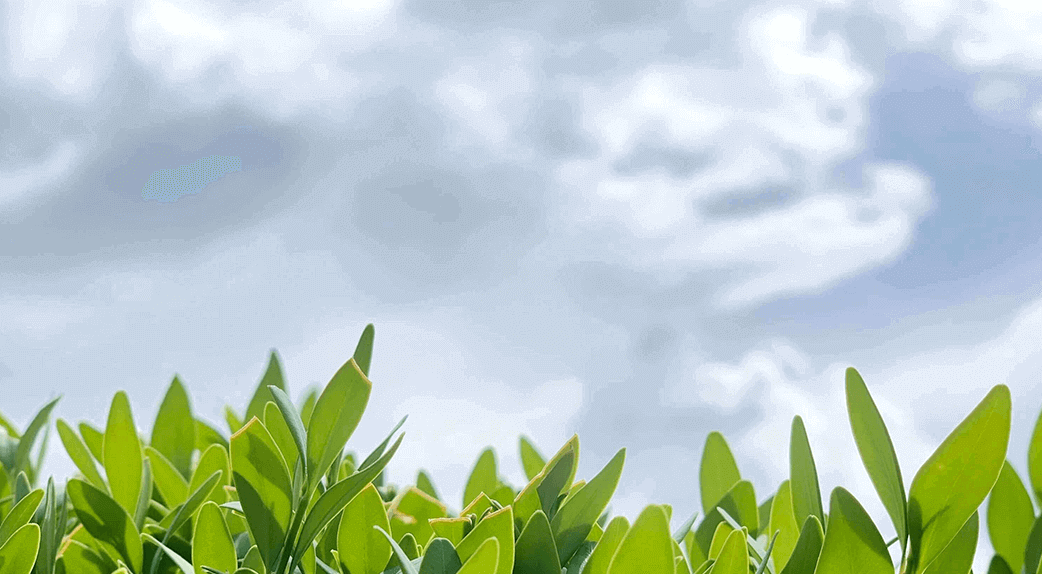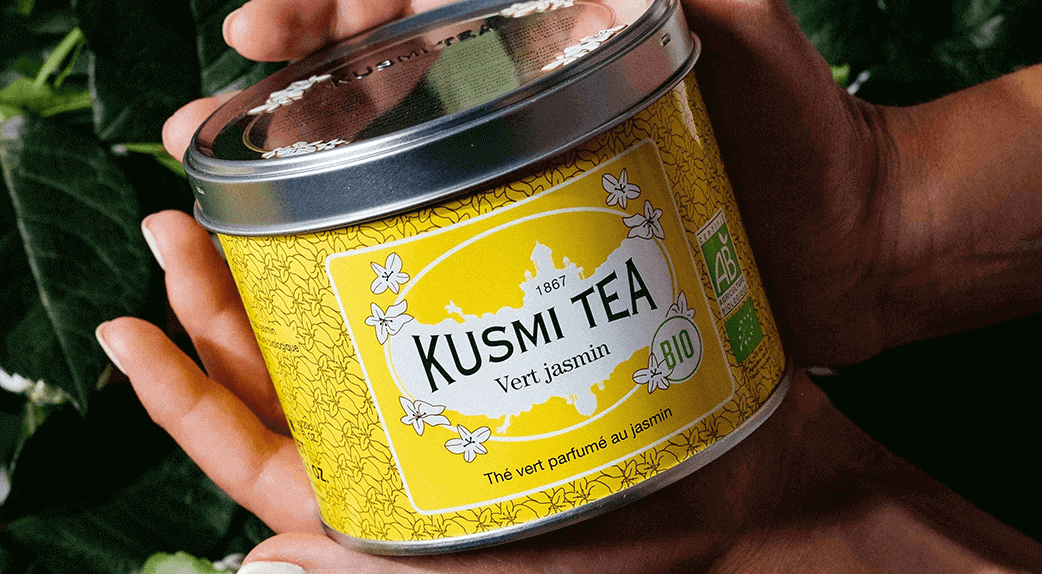Rich in tradition and considered healthy, green tea comes in many varieties. Learn how to evaluate a quality green tea according to different criteria.
Green tea, a multicultural drink
Green tea is a non-oxidised tea made from the Camellia sinensis tea plant. It generally has a fresh, herbal flavour. Depending on the variety, it can be light or strong, sweet or bitter, nutty or grassy, or even have a hint of seaweed. Its unique flavour will depend on the terroir of the region of origin. Several countries produce green tea around the world, including China and Japan, which are known for their quality green tea and age-old customs surrounding the beverage.
Good to know: how is green tea produced?
The process of making green tea is done in different stages:
- harvesting the tea leaves ;
- withering ;
- the "kill-green" stage to stop the oxidation process;
- rolling;
- drying.
Experts will immediately recognise the difference between Chinese and Japanese green tea. How do you do it? Japanese tea producers steam the leaves to stop oxidation and preserve colour, flavour and nutrients, whereas Chinese green teas are usually pan-fired. Japanese green teas will have a more herbal and vegetal flavour, while those of Chinese origin will have more earthy and roasted notes.
Criteria that will determine a quality green tea
Not all green teas are the same. To determine if it is a quality green tea, look for the following qualities:
Tea as a product of the land

Just like wine or mineral water, tea is a product above all of a terroir with its own particularities: climate, soil richness, altitude, sunshine, etc. There are as many varieties of tea as there are different origins. Over the years, producers have developed tea plants with specific and superior qualities. In addition to the richness of the soil, these are also defined by a particular method of breeding, production and yield. Everything is done with respect for the plant. This is why the notion of "grands crus" is also found in tea.
Thus, the most qualitative and sought-after teas are generally found in artisanal farms whose surface area does not exceed 10 hectares and which ensures that the producer is very close to his plantations.
The prestige of tea gardens
Alongside the terroir, the name of the garden in which the tea is grown is also a good indicator of its quality. Indeed, some gardens are very prestigious and renowned! They produce exceptional teas with unique notes and aromas. One example is the Darjeeling Gardens in India for black tea.
The specialised tea house, a guarantee of quality
The best teas generally come from specialised tea houses, but they are also the most expensive to buy. Beware of the price, which is not always a guarantee of quality.
Harvest time
The months of harvest are also very important for the taste and aroma. Green teas harvested in spring (February-March) are reputed to be the tastiest. At Kusmi, we believe that there are as many preferences as there are people, so don't hesitate to taste and make up your own mind!
The leaves: colour and appearance

A quality tea will have whole leaves, which are swollen when wet, unlike tea bags, which contain powder and pieces. The colour of the leaves will also give many indications of the quality of your tea, as well as the flavour you can expect:
Dark green - dark green sencha leaves will indicate strong steaming and a very pronounced vegetal flavour.
Bright green - sencha with brighter leaves will have been lightly steamed and will be less herbal.
Grey-green - teas with a dark grey-green leaf colour are likely to have a bitter taste with a strong astringency.
Green-yellow - bright green-yellow leaves will give a pleasant, slightly sweet and toasty tea.
Processing
There are 2 production processes: the CTC process and the manual method.
The CTC process involves the use of machines to process the tea leaves. The tea leaves are cut, crushed and rolled in an automatic and industrial way.
The transformation process
There are 2 production processes: the CTC process and the manual method.
The CTC process involves the use of machines to process the tea leaves. The tea leaves are cut, crushed and rolled in an automatic and industrial way.
The traditional method involves processing all or part of the tea leaves by hand. Only the highest quality leaves are selected. With this process the tea leaves and shoots are less likely to be damaged.
Not surprisingly, it is the leaf sorting and selection phase that determines the quality and price of the green tea.
A discreet natural aroma/taste
Unlike flavoured teas, pure green teas do not have a very strong aroma. However, a pleasant aroma will reveal itself in a teapot preheated to 75 degrees, the ideal temperature for enjoying quality green tea.
The brewing test
Once brewed, a quality green tea has a bright green colour. If it turns yellow or amber, this is a bad sign! A yellow colour is simply a sign that the green tea has not been properly dried.
The presence of organic and sustainable labels and certifications
As with other foods, tea also benefits from labels. These certify the organic nature of the tea sold but also attest to the quality of the leaves. For a good quality green tea, Kusmi recommends that you choose an organic tea in bulk. Indeed, a green tea with the organic label is a tea that has undergone numerous quality controls and whose production is environmentally friendly and follows strict specifications: no GMOs, artificial fertilizers, chemical pesticides or other substances that can affect the quality and taste of the tea leaves.
Kusmi Tea, a sustainable organic green tea & Made in France

Green tea with jasmine, green tea with mint, natural green tea, green tea with rose... Kusmi Tea offers you a range of delicious green teas made in our workshops in France. As part of our commitment to sustainable agriculture and a healthy lifestyle, all our products are certified organic.
From the appearance of the leaves to the infusion test, you can now recognize a quality green tea. Discover also our buying guide on how to choose your green tea.
Read more:
Different varieties of green teas

